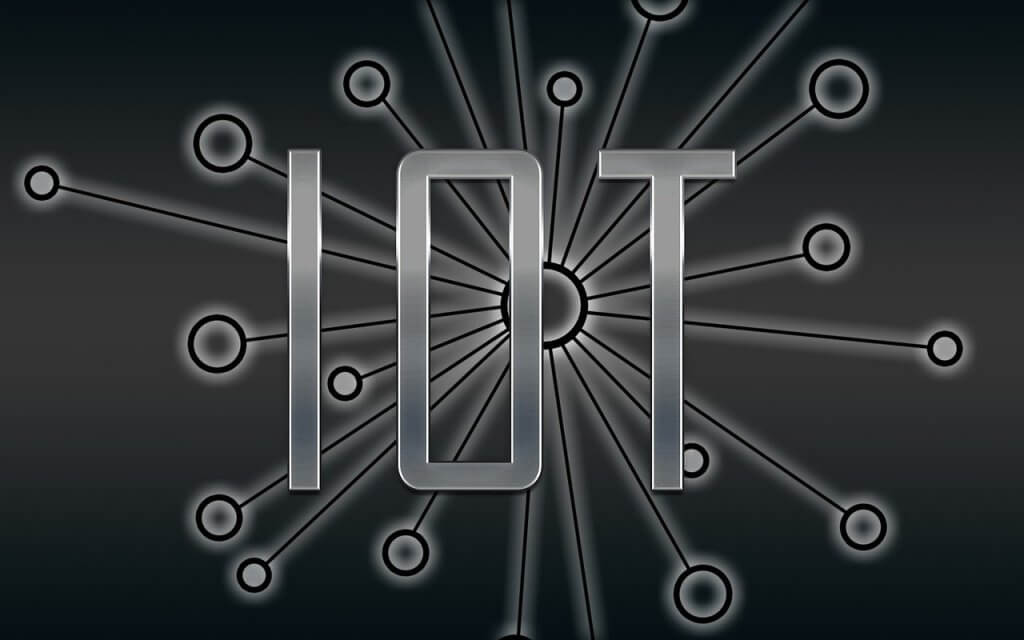In the dynamic landscape of industrial technology, the rise of Industrial Internet of Things (IoT) solutions has ushered in a new era of efficiency, productivity, and innovation across various industries. From manufacturing and energy to healthcare and logistics, the transformative impact of IoT is reshaping the way businesses operate. In this comprehensive guide, we’ll explore the multifaceted influence of Industrial IoT solutions, backed by real-world examples, case studies, and a deep dive into the technical intricacies of designing and developing robust IoT solutions.

Understanding the Transformative Impact of IoT Solutions
I. Redefining Operational Efficiency
The implementation of IoT solutions has proven to be a game-changer in enhancing operational efficiency. Take, for instance, a smart manufacturing facility where connected sensors on production lines continuously monitor and collect data. This real-time data enables predictive maintenance, minimizing downtime, and optimizing overall equipment effectiveness (OEE). Case studies from leading manufacturing companies showcase significant improvements in production output and resource utilization.
Tip for Implementation: When integrating IoT into manufacturing processes, focus on identifying key performance indicators (KPIs) and establishing clear benchmarks. This allows for measurable improvements and ensures a targeted approach to efficiency enhancement.
II. Real-World Examples in Energy Management
In the energy sector, IoT plays a pivotal role in revolutionizing energy management and sustainability. Smart grids equipped with IoT sensors enable real-time monitoring of energy consumption, grid health, and predictive analysis of potential faults. This proactive approach not only minimizes energy wastage but also contributes to the stability and reliability of the power grid.
Tip for Implementation: Prioritize the integration of edge computing in energy-related IoT solutions to ensure quick decision-making and reduced latency in critical scenarios.
Tangible Benefits: Case Studies Across Industries
I. Healthcare: Enhancing Patient Care with IoT
In healthcare, the adoption of IoT solutions has resulted in improved patient care and streamlined hospital operations. Real-world examples include the implementation of smart medical devices that monitor patient vital signs, enabling healthcare professionals to respond promptly to critical situations. The use of IoT in inventory management has also proven to reduce waste and optimize the supply chain in healthcare facilities.
Tip for Implementation: Prioritize data security and compliance with healthcare regulations when developing IoT solutions for the healthcare industry. Robust encryption and authentication mechanisms are essential.
II. Logistics and Supply Chain Optimization
Efficient logistics and supply chain management are critical for businesses, and IoT solutions are proving invaluable in this regard. Case studies highlight the use of GPS-enabled trackers, RFID tags, and environmental sensors to monitor the location, condition, and security of goods during transit. This real-time visibility enhances supply chain transparency, reduces errors, and improves overall logistics efficiency.
Tip for Implementation: Integrate IoT solutions with advanced analytics to derive actionable insights from supply chain data. Predictive analytics can help businesses anticipate disruptions and optimize inventory levels.
Technical Aspects of Designing and Developing Robust IoT Solutions
I. Connectivity Standards: The Backbone of IoT
One of the key challenges in IoT development is the diverse range of devices and communication protocols. The choice of connectivity standards is crucial to ensuring seamless communication between devices. Industry standards like MQTT and CoAP are widely adopted for their lightweight and efficient communication capabilities.
Tip for Implementation: Prioritize interoperability by selecting widely accepted communication protocols. This facilitates the integration of IoT solutions with existing systems and devices.
II. Edge Computing: Enhancing Speed and Efficiency
The sheer volume of data generated by IoT devices can overwhelm traditional cloud-based systems. Here, edge computing comes into play, allowing data processing to occur closer to the source. This not only reduces latency but also enables real-time decision-making, crucial in scenarios where immediate responses are paramount.
Tip for Implementation: When designing IoT solutions, assess the latency requirements of the application. Critical applications may benefit from a combination of edge and cloud computing for optimal performance.
III. Security: Safeguarding IoT Ecosystems
The interconnected nature of IoT systems makes them susceptible to cybersecurity threats. Robust security measures are imperative to protect sensitive data and prevent unauthorized access. Implementation of encryption, secure boot mechanisms, and regular security audits are essential components of a comprehensive IoT security strategy.
Tip for Implementation: Adopt a defense-in-depth approach to security, incorporating multiple layers of protection. Regularly update firmware and software to address emerging security vulnerabilities.
Innovative Approaches to IoT Development
I. Collaborative Ecosystems and Partnerships
The complexity of IoT solutions often requires collaboration among different stakeholders, including hardware manufacturers, software developers, and industry experts. Establishing strategic partnerships can foster innovation and accelerate the development of comprehensive IoT solutions.
Tip for Implementation: Seek partnerships with organizations specializing in complementary technologies. This collaborative approach can lead to synergies that enhance the overall effectiveness of IoT implementations.
II. Continuous Monitoring and Adaptive Design
The dynamic nature of industrial environments demands IoT solutions that can adapt to evolving requirements. Continuous monitoring of system performance and user feedback is crucial for identifying areas of improvement. Implementing agile development methodologies allows for rapid iterations and the incorporation of new features or optimizations.
Tip for Implementation: Implement remote monitoring capabilities in IoT solutions to facilitate real-time diagnostics and updates. This ensures that the system can evolve to meet changing demands.
Conclusion: Shaping the Future of Industry with IoT
In conclusion, the transformative power of Industrial IoT solutions is reshaping industries and unlocking unprecedented opportunities for growth, efficiency, and innovation. Real-world examples and case studies attest to the tangible benefits of IoT across diverse sectors. By addressing technical challenges and adopting innovative approaches, businesses can harness the full potential of IoT to stay ahead in the rapidly evolving industrial landscape.
Implementing successful IoT solutions requires expertise and a strategic approach. At KD Product Development, we specialize in delivering cutting-edge IoT hardware and solutions tailored to the unique needs of industrial clients. Explore our expertise and discover how we can empower your business to thrive in the era of Industrial IoT.